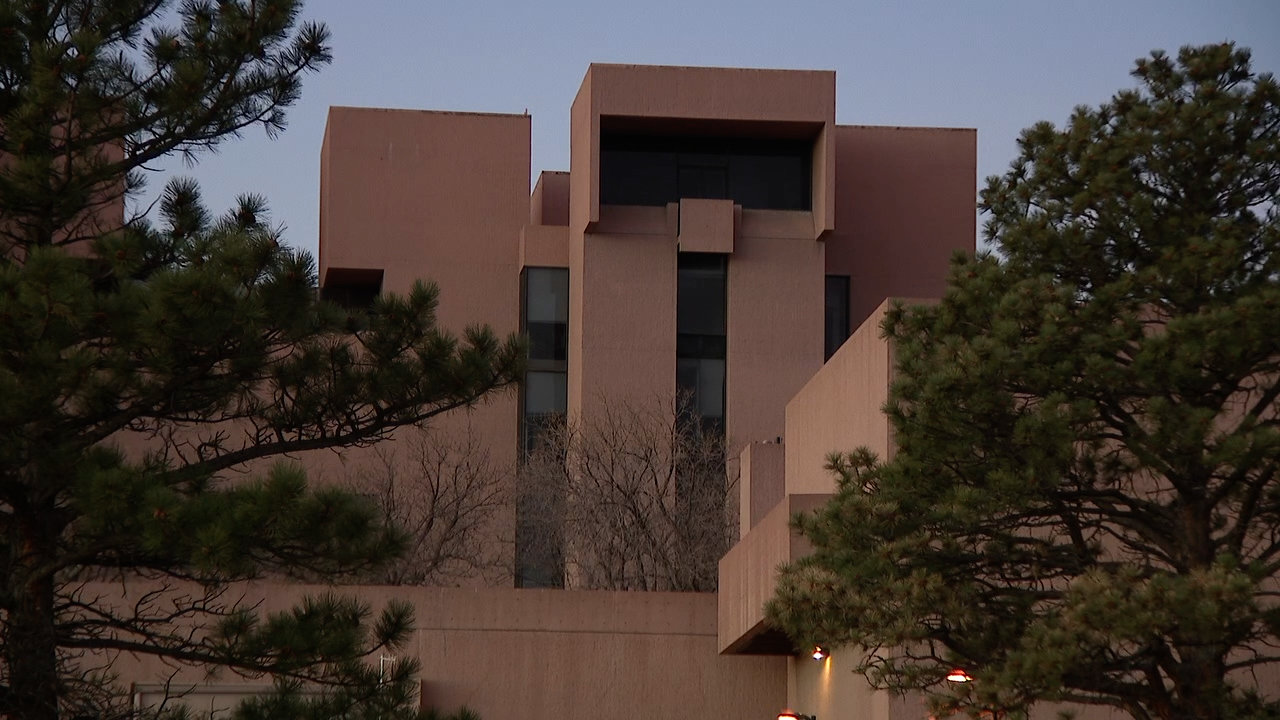Japan has become the fifth country in the history of space exploration to reach the lunar surface after its Smart Lander for Investigating Moon spacecraft landed on the lunar surface at around 12:20 a.m. on Saturday, Tokyo time.
Space officials in Japan were speaking to the press to update the public on their progress.

Boeing cargo plane catches fire midair after departing Miami airport
The incident is the latest in a series of issues with Boeing-made jets. The plane, operated by Atlas Air, caught fire due to an engine malfunction.
Hitoshi Kuninaka, head of the Institute of Space and Astronautical Science, told reporters that rovers were launched and they were tracking data by early morning on Saturday.
There were worries about a battery running out of power, but officials said it would not end the SLIM craft's mission. The spacecraft, which was not carrying any astronauts, was able to make its planned landing, but officials were still trying to assess what portion of the mission was a success with the power supply issue.
Officials with the Japan Aerospace Exploration Agency (JAXA) addressed concerns from reporters about how SLIM will be able to navigate around challenges like large rocks. The spacecraft launched in September with an X-ray space telescope named XRISM onboard and it sent back some of the first test images earlier this month.
In the early morning hours on Saturday, JAXA officials told reporters they believed data was being transmitted back to Earth from rovers that were launched from the lander. It was still uncertain what issues the mission faced after problems with the solar panels were discovered, which forced the craft to use power from onboard batteries. Officials weren't immediately sure of the cause for the solar panel malfunction, but said they didn't believe the panels had been damaged during the trip.
Kuninaka told reporters scientists believed the mission had at least achieved "minimum" success.
Months after its September launch, SLIM had arrived within the moon's orbit by Christmas Day. Then by Sunday the spacecraft performed a key engine burn, setting it up to descend on the moon's surface.
As interest in the moon continues to grow, pop-culture educators, like Bill Nye, have joined scientists around the world in talking more about the possibilities of exploring Earth's nearest neighbor in space.
The Soviet Union and the United States began humanity's race to land on the moon during the Cold War. Decades later, China landed on the lunar surface in 2013, then India was able to land its Chandrayaan-3 lander-rover duo in August 2023.









